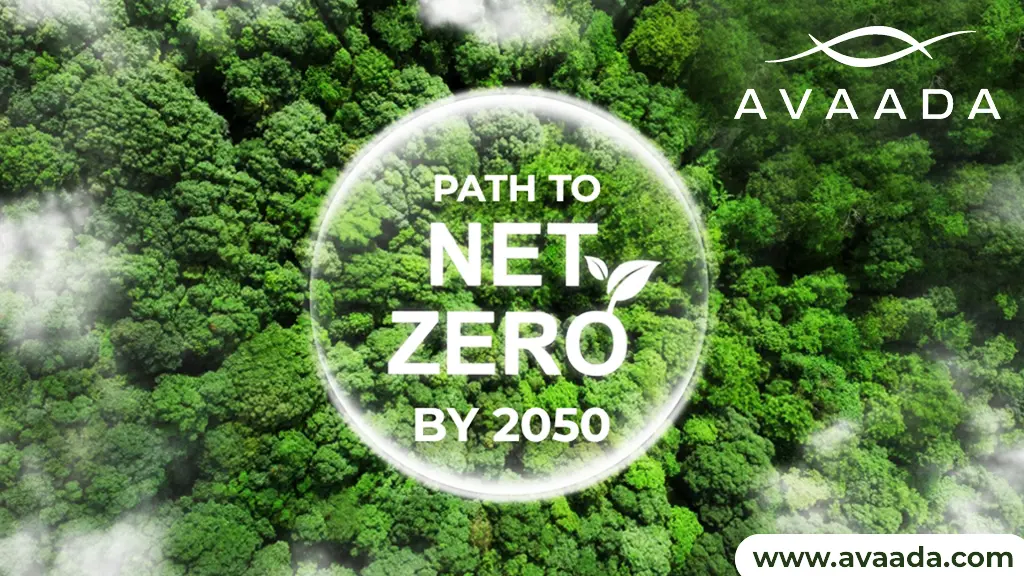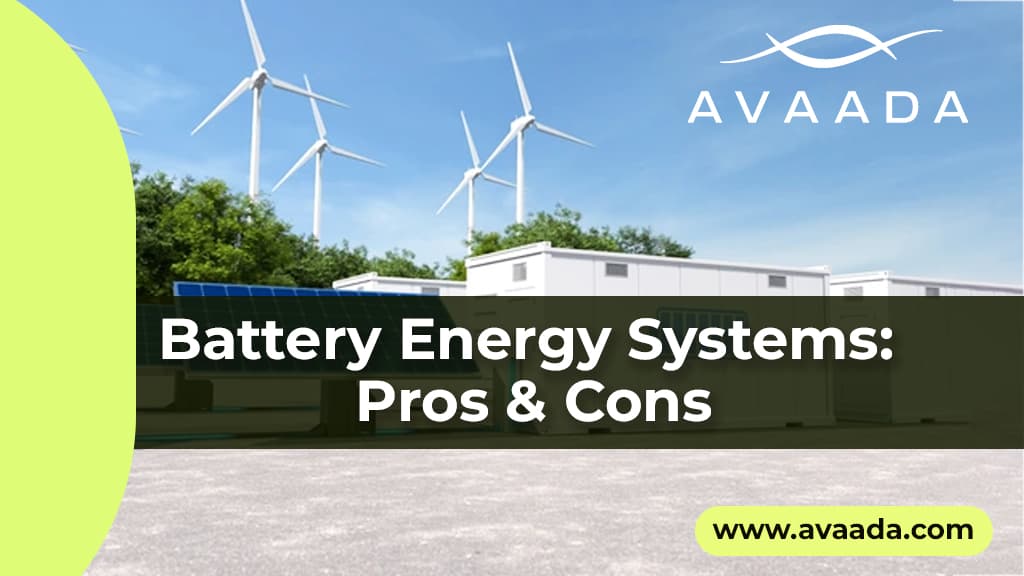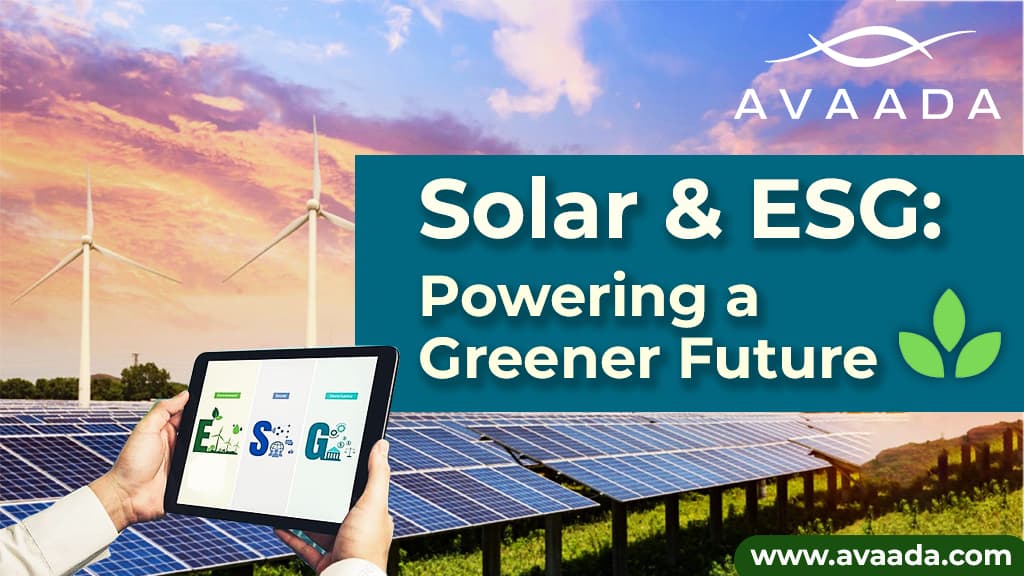Climate change is no longer a future threat, it’s a global emergency. With warming temperatures, more frequent extreme weather events, and accelerating loss of biodiversity, swift action to limit greenhouse gas emissions is necessary. One of the most ambitious but crucial goals is reaching net-zero carbon emissions by 2050. For India, the third-largest emitter on the planet, this challenge is also an opportunity. With the growth of renewable energy businesses in India, such as Avaada Group, the road to a carbon-free future is slowly but surely becoming a reality. So, what needs to be done to hit net-zero by 2050? Below are eight steps that governments, corporations, and individuals must all make a priority.
1. Accelerated Growth of Renewable Energy
The foundation of any net-zero plan is to transition out of fossil fuels. Solar, wind, hydro, and green hydrogen have to step in and replace coal and oil as the major sources of energy. Pioneering this revolution is Avaada, India’s leading renewable energy firm. Avaada has played a pivotal role in scaling up solar projects, especially in the industrial and high-load areas.
By investing in distributed solar solutions and solar parks, businesses such as Avaada are helping India meet its increasing power requirements without adding to its carbon footprint.
Explore India’s renewable energy sector more broadly? Check out our blog on “Top Mumbai, Maharashtra Renewable Energy Companies“
2. Electrification of Transport
The transport industry is one of the biggest polluters in terms of carbon emissions. Switching to electric cars, fueled by renewable energy, is vital. Government support, improved charging points, and collaborations between Indian sustainable energy businesses and automakers can drive this change. Green hydrogen, where Avaada Group is also making huge progress, has the potential to help decarbonise heavy transport and freight logistics.
3. Greening Industrial Processes
Heavy sectors like cement, steel, and chemicals are notoriously carbon-heavy. To go net-zero, these sectors will have to change to cleaner technologies, energy efficiency, and circular economy practices.
4. Energy Efficiency In All Sectors
Increasing energy efficiency in buildings, appliances, factories, and public facilities can lower emissions considerably. Simple but effective are LED lighting, smart grids, and thermal insulation. Governments should implement tighter building codes and incentivise retrofitting of existing infrastructure.
5. Carbon Capture and Storage (CCS)
Certain emissions cannot be avoided, especially agriculture and heavy industries. Carbon capture and storage technologies will prove crucial in compensating for such emissions. Though CCS is still in the development stage, initial investments and pilot schemes will need to be promoted to establish it as a practical large-scale solution by 2050.
6. Reforestation and Nature-Based Solutions
Forests are natural carbon sinks. Global reforestation, afforestation, and wetland restoration have the potential to counteract remaining emissions. Urban parks enhance air quality and biodiversity as they do.
7. Policy Support and Climate Finance
It takes robust policy packages, such as carbon pricing, green bonds, and clean technology subsidies, to achieve a net-zero transition. Both public and private climate finance have to pour in for sustainable energy projects, hubs of innovation, and skills training.
India’s pledge to reach 500 GW of non-fossil fuel capacity by 2030 is an excellent example of policy matching with international climate ambition.
8. Public Awareness and Behavioural Change
No plan is feasible without public engagement. Individuals need to be informed about energy conservation, sustainable living, and responsible consumption. Encouraging local renewable energy projects, adopting clean mobility, and minimising waste can all make a significant difference together.
Explore India’s renewable energy sector more broadly? Check out our blog on “Top Renewable Energy Companies in India – 2025 Based on Installed Capacity“
Avaada Group: Powering the Path to Net-Zero
As one of India’s most innovative sustainable energy firms, Avaada is driving the green revolution through green hydrogen, sustainable development goals (SDGS), and clean energy ecosystems. Their efforts are in line with the government’s and the world’s efforts to reach a net-zero carbon future.
Conclusion
Net-zero carbon emissions by 2050 is not a technical task, it’s a shared mission. It demands leadership, creativity, and an absolute commitment from all walks of society. The good news is that the momentum is gaining steam. With organisations such as Avaada Group leading the charge, India stands to achieve this ambitious vision in the form of reality.
Now is the moment for investing in a clean energy future, ramping up renewable infrastructure, and making commitments to people and planet-first policies.








